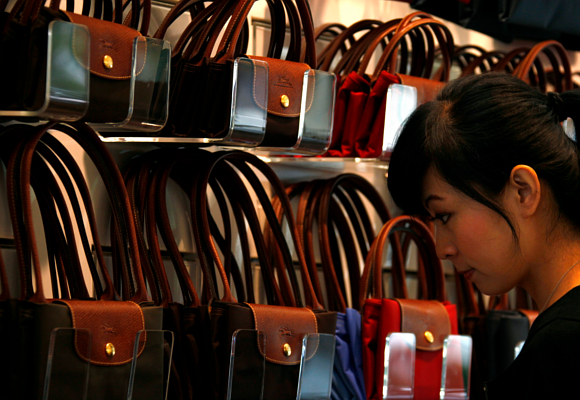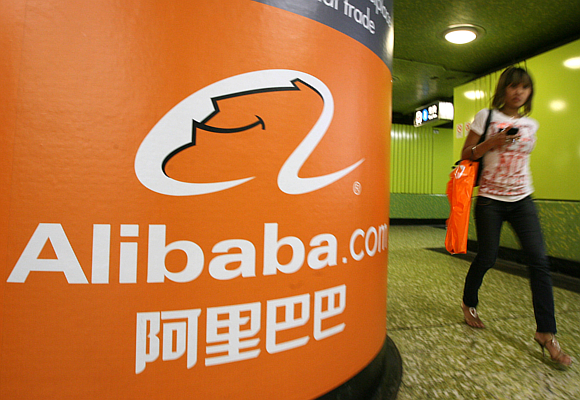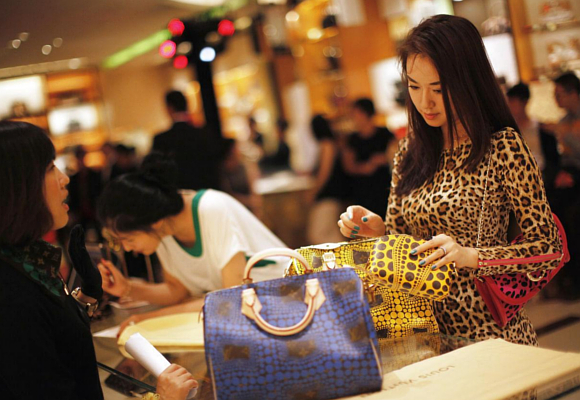On Market Corrections and the Promise of the Chinese Market
The country’s future development depends on its capacity to raise the relation between capital and labor.

The ongoing market correction in China has one too many fearing collapse in the ever growing luxury goods market. And while any reduction in the value of investment assets is a headache, one needs to bear in mind the differential impact that bubble bursts have on economies. China’s economy while taking over the US in terms of purchasing power, has a long way to go in the area of household investments in stocks; development of consumer credit lines and investment share. Investment share of GDP in particular is high in China because the stock of capital is low.
As a matter of fact, the stock of capital per worker is about 15% of the that in the US. The country’s future development depends on its capacity to raise the relation between capital and labor. This will happen when households stop saving in cash and precious metals and begin to use stocks as reserves of value.

Given that this is yet to happen very few households have been affected by the fall in share prices that started June the 12th. This means their net worth has not been affected. But then there are also encouraging signs on the public policy from. Government decided to focus on the creation of a domestic aggregate demand.
One means to achieve this goal is the promotion of services. These have already surpassed in relative weight construction and manufacturing which together accounted for 43% of economic activity while services reached 48%. Another significant development has been the explosive growth of e-commerce which has been the Chinese consumer’s response to lack of retail infrastructure.

E-commerce has triggered the development of a sophisticated consumer culture that feeds luxury goods. With a 70% rate of growth since 2009, China has surpassed the US as the world largest cybernetic mall. Then there is urbanization. By 1980 only 20 % of the Chinese populations lived in cities. By 2014 the proportion had grown to 55% and by 2030 it should be 69%.
All these developments create a solid growth space for luxury goods, as about 20% of Chinese households can be considered affluent by Western standards. This represents 34% of Worldwide luxury shoppers by this year. Also according to a 2012 McKinsey report on Chinese luxury consumers, they are far more confident on their purchasing power that US luxury consumers. 74% of Chinese luxury shoppers indicated they were confident that their purchasing power would significantly increase over the next 5 years while only 46% of US consumers shared that view.

The greatest challenge for luxury goods has nothing to do with decreasing purchasing power in China, but with product design and positioning. To be sure, in the Mc Kinsey report Chinese luxury shoppers boded for balance and paucity . 66% expressed their preference for top quality understated goods while 51% expressed their belief that it is in bad taste to show off luxury. This probably means going back to basics. And basics have always been “ the Little Black Dress” and the Karan Bodysuit plus six elegant matching pieces.
